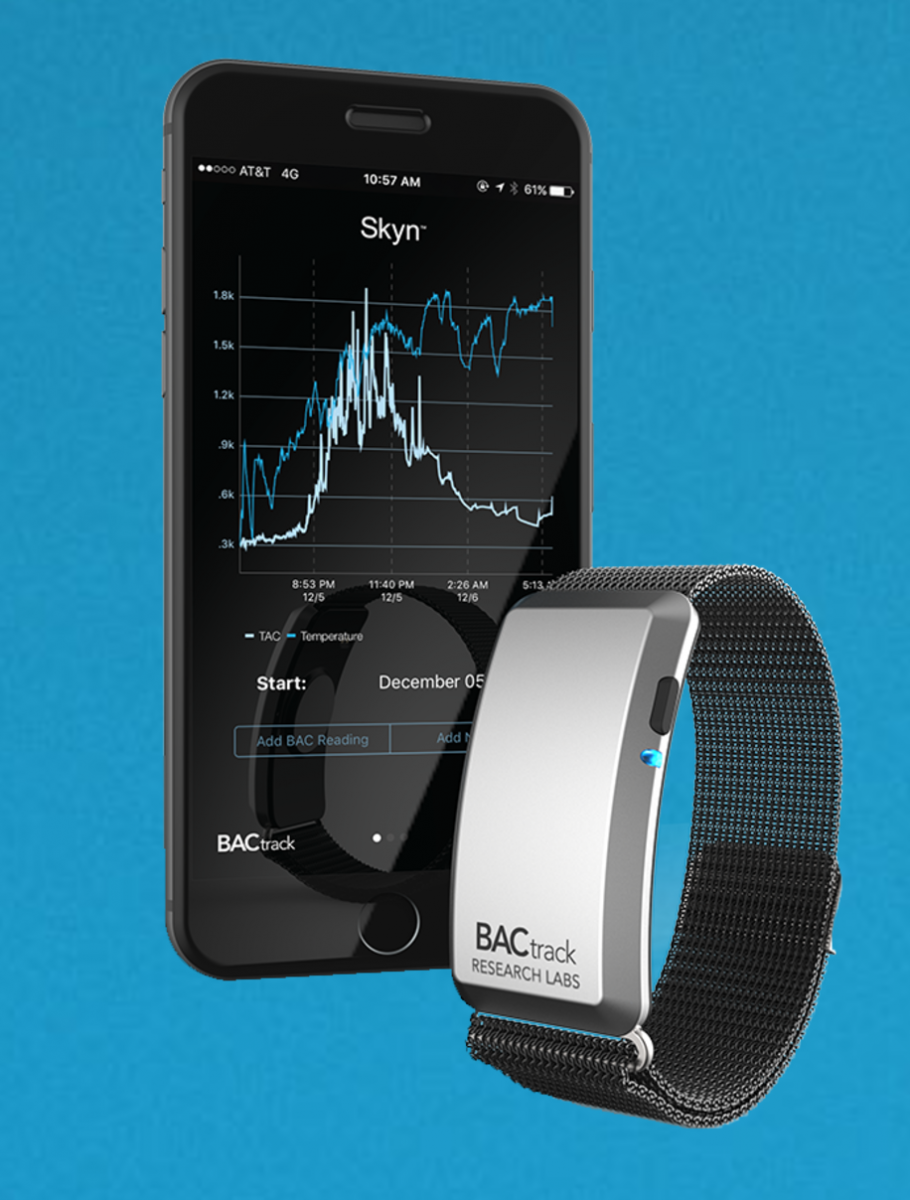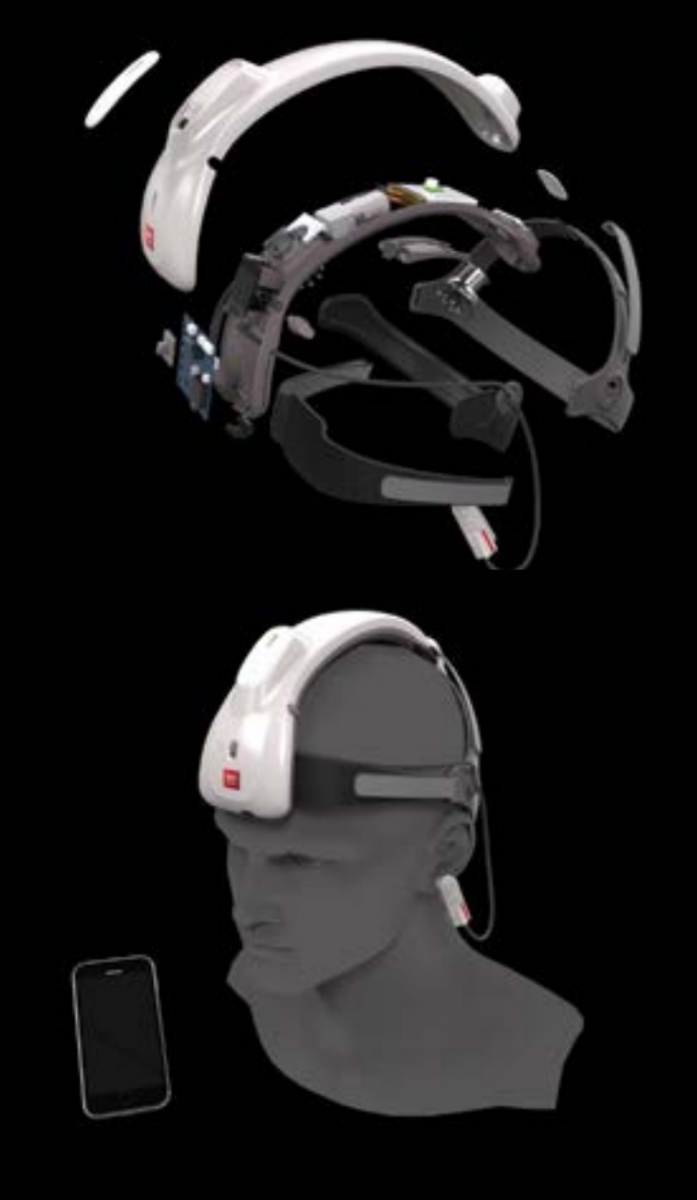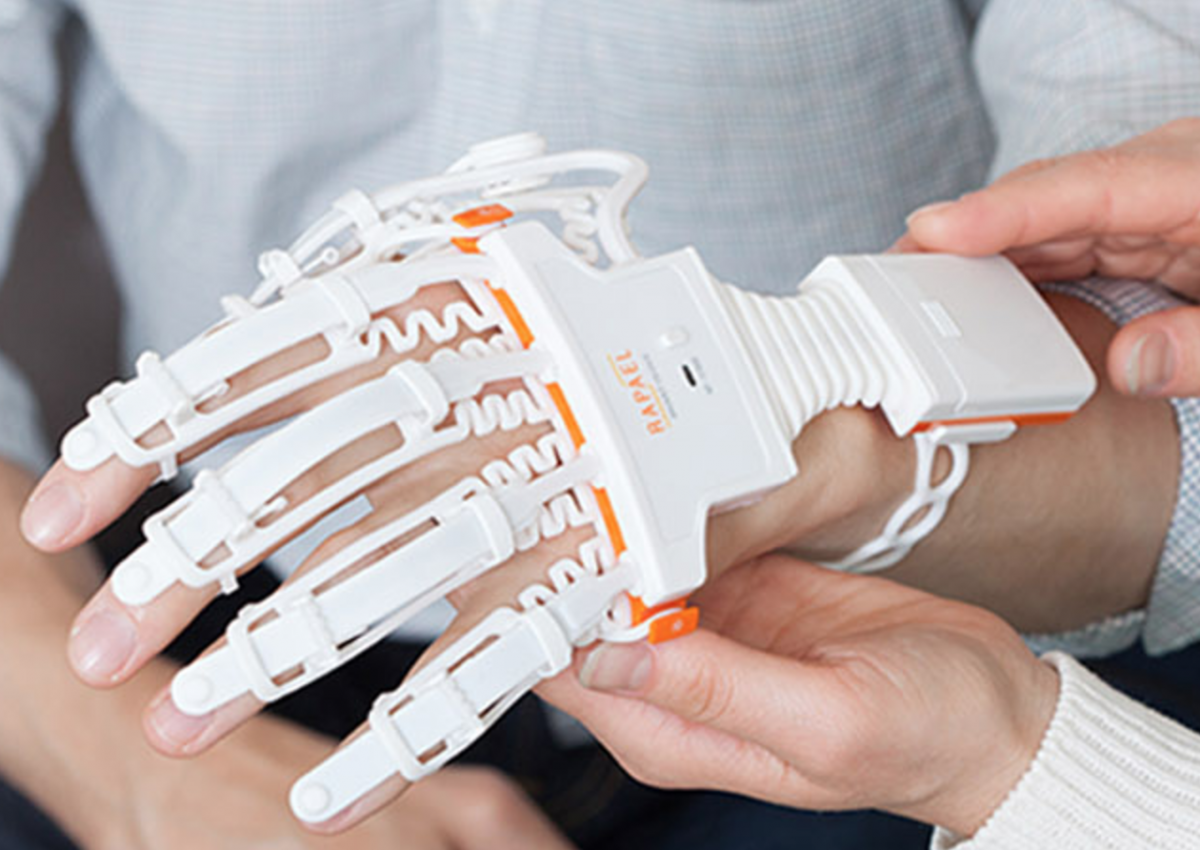 Our roundup of 31 health devices at CES covered a wide range of interesting launches, but there were a number of additional devices we didn't get to. In this part 2, check out 12 more digital health devices that debuted last week at the Las Vegas tech show.
Our roundup of 31 health devices at CES covered a wide range of interesting launches, but there were a number of additional devices we didn't get to. In this part 2, check out 12 more digital health devices that debuted last week at the Las Vegas tech show.
We covered BACTrack's smartphone-connected breathalyzer way back in 2013, but at CES the company introduced the next generation: a wearable called the BACTrack Skyn that can either stand alone or take the place of an Apple Watch band. Whereas the BACTrack's previous offerings allowed for periodic discrete testing of blood alcohol level, the Skyn purports to tell you how drunk you are in real time via an app on your phone or smartwatch. The device is still under development but is scheduled for a release next year -- Engadget tested it out and concluded it's at least broadly accurate.
BACTrack wasn't the only continuous BAC monitor launching at the show: A company called Milo Sensors, launching out of stealth at CES, showed off a similar wearable called Proof. Founder Evan Strenk told TechCrunch that one of the use cases of Proof is to have it give the user an alert when they're about to hit a particular blood alcohol level: say, .08, the legal limit for driving. The device can also be adapted to track other substances in the blood like lactic acid or caffeine, Strenk said.
Partners Sensoria and Vivobarefoot (they teamed up back in 2014) showed off concept sneakers that can track speed, pace and location via GPS, as well as learn and adjust to the user's stride rate and foot-landing technique. Collecting this data could be useful for creating smart shoes and apps that help runners train and improve their technique. Sensoria is also offering their sensor, the Sensoria Core, with an SDK to other apparel companies.
 Kaishi is a fetal heart monitor shaped like a pig. It connects to an app via Bluetooth and allows expectant mothers to monitor their baby's heart rate and even to share the sound file on social media. Though designed in America, the app is launching initially in China. It was an audience favorite in the CES Baby Tech Awards.
Kaishi is a fetal heart monitor shaped like a pig. It connects to an app via Bluetooth and allows expectant mothers to monitor their baby's heart rate and even to share the sound file on social media. Though designed in America, the app is launching initially in China. It was an audience favorite in the CES Baby Tech Awards.
FInnish company Suunto showed off a movement and activity tracker for developers called MoveSense. The idea is to deliver developers a readymade tracker for just over a hundred dollars so they can iterate on the software and algorithm sides. The company is starting with a developer beta program for 50 developers and then will likely move on to making the devices available in bulk to aspiring developers. TechCrunch has more.
Seventh Sense Biosystems showed off their Touch Enabled Phlebotomy, or TAP, device which allows for easy, painless blood draws. Although not a digital health device yet, the company told MedScape it has plans to add a digital chip that would include a Bluetooth transmitter and to seek FDA clearance for patients to use the device at home without a medical professional. This could open the door for use cases in telemedicine and remote-enabled clinical trials.
 French company Leti unveiled Relax, its wearable EEG device. "Using electroencephalography (EEG) to record the brain's alpha wave activity, the lightweight headgear called Relax measures the level of relaxation with an embedded electrode system that does not require the sensors to be attached to the scalp," the company wrote on its website. "Designed to allow users to maximize relaxation, the Relax headgear provides a new dimension to wellness management in every area of life, from working to studying to exercising or simply reading or listening to music. Medical certification-ready, user-friendly, affordable and non-invasive, it lets users monitor their own level of attention and enhance mindfulness. The Relax app, which is connected to the head device, provides live tracking of alpha wave activity."
French company Leti unveiled Relax, its wearable EEG device. "Using electroencephalography (EEG) to record the brain's alpha wave activity, the lightweight headgear called Relax measures the level of relaxation with an embedded electrode system that does not require the sensors to be attached to the scalp," the company wrote on its website. "Designed to allow users to maximize relaxation, the Relax headgear provides a new dimension to wellness management in every area of life, from working to studying to exercising or simply reading or listening to music. Medical certification-ready, user-friendly, affordable and non-invasive, it lets users monitor their own level of attention and enhance mindfulness. The Relax app, which is connected to the head device, provides live tracking of alpha wave activity."
Peel-and-stick connected thermometer company TempTraq announced an update to its technology that extends the battery life from 24 hours to 48 hours. Originally announced at CES 2015, TempTraq allows parents to continuously monitor their child's temperature via a mobile app, including setting up alerts when it exceeds pre-set parameters. The thermometer can measure temperatures from 86 degrees to 108.3 degrees fahrenheit.
Omron showed off an "ultracompact" wearable blood pressure monitor that resembles a wristwatch. It's called Zero 2.0 and it also measures activity and sleep. In light of the seeming trend in wearables toward more clinical use cases, this is one to keep an eye on. "The Project 2.0 technology will redefine what have become standard notions of 'wearable'," Omron President and CEO Ranndy Kellogg said in a statement. "Our devices are a necessity, not a novelty. Omron blood pressure monitors are medical devices that measure far more than steps or heart rate; they provide accurate insights into your blood pressure numbers."
Similarly, a Chinese startup called Lohas Tech launched something called the BioRF artery radar, a wristworn device that offers pulse wave velocity and blood pressure monitoring from the wrist. "We hope that more and more potential partners will use our technology, so as to boost medical value for wearable devices, and help make life better for consumers," Gamp Zhu, Lohas Tech's CEO and founder, said in a statement. "Now with sophisticated technology to capture the artery pulse data, we are going to focus on providing more powerful device of daily health management merging with physiological signal and artificial intelligence."
 Neofect showed off the Rapael Smart Glove, a powered glove with movement and activity sensors designed to help stroke patients with their rehabilitation as a control mechanism for physical therapy games. It already has FDA clearance and connects to an Android tablet which runs the software.
Neofect showed off the Rapael Smart Glove, a powered glove with movement and activity sensors designed to help stroke patients with their rehabilitation as a control mechanism for physical therapy games. It already has FDA clearance and connects to an Android tablet which runs the software.
Kyomed, a French start-up working on personalized medicine, and Neogia, connected healthcare wearables startup, teamed up to create a prototype called Motio HW, a connected bracelet for "preventing, diagnosing, and monitoring" sleep apnea. It uses sensors to detect actimetry, heart rate, oxymetry, and respiratory rate and then plugs those values into an algorithm.

















